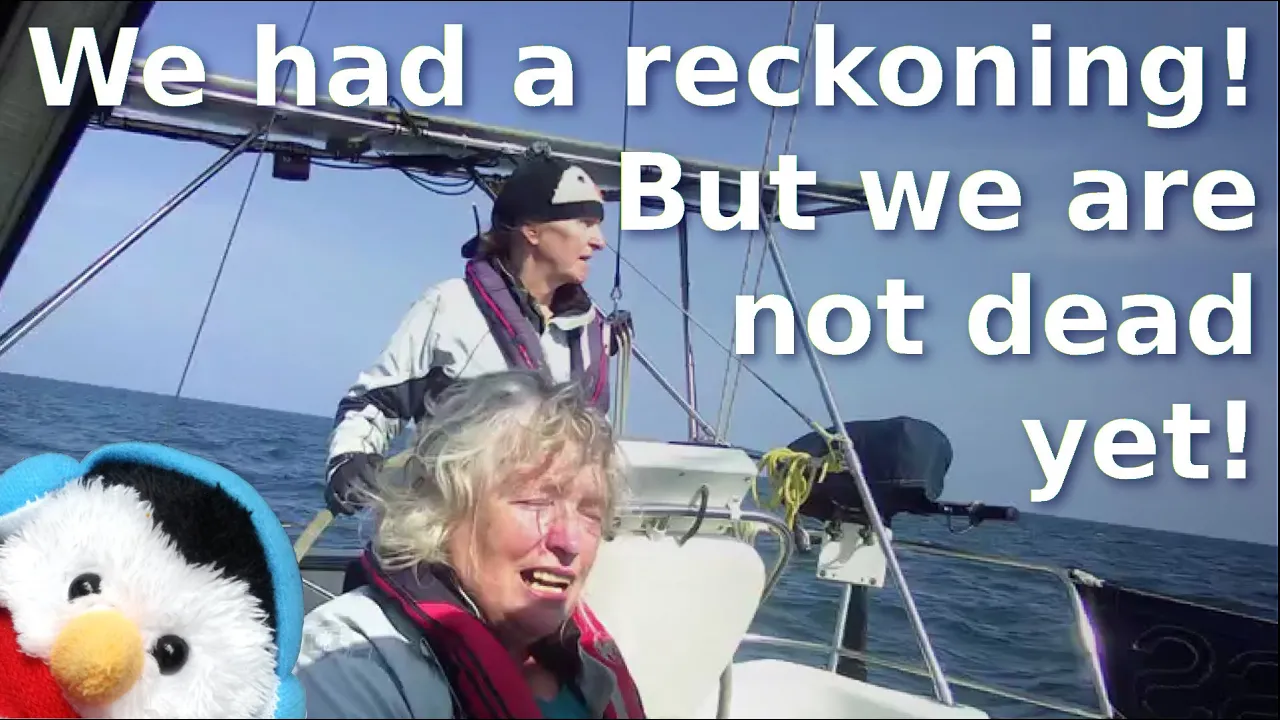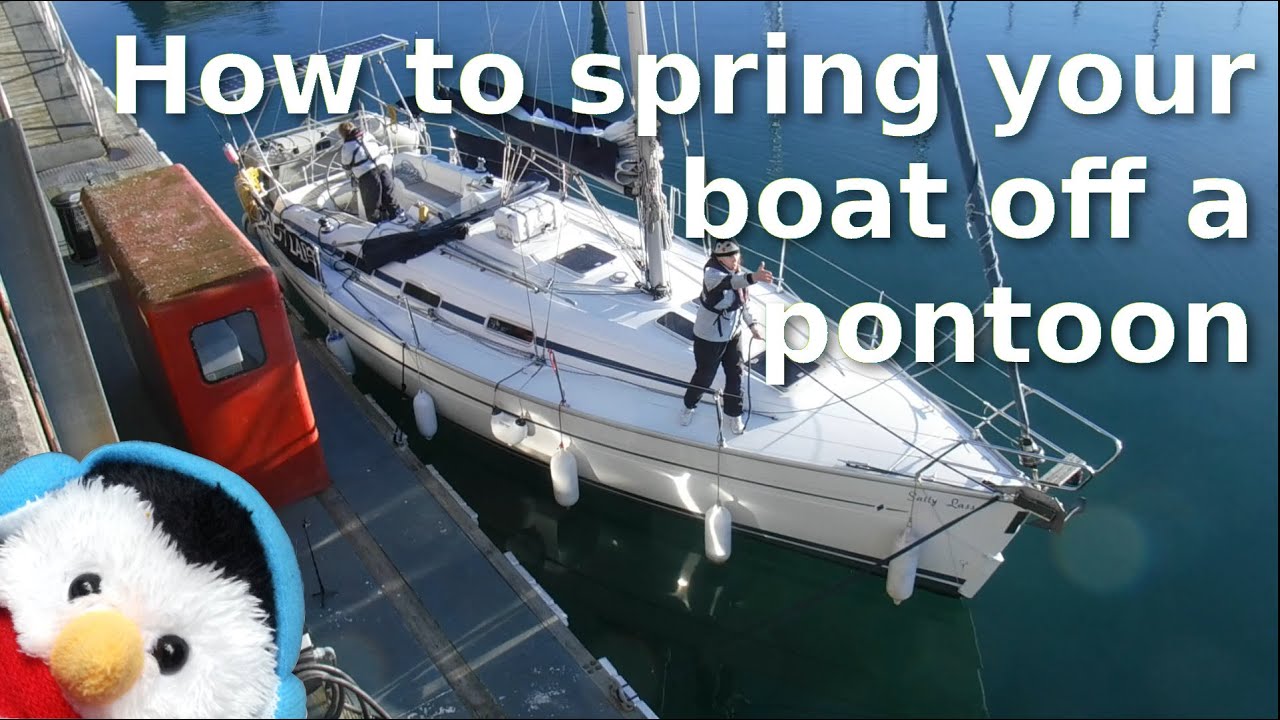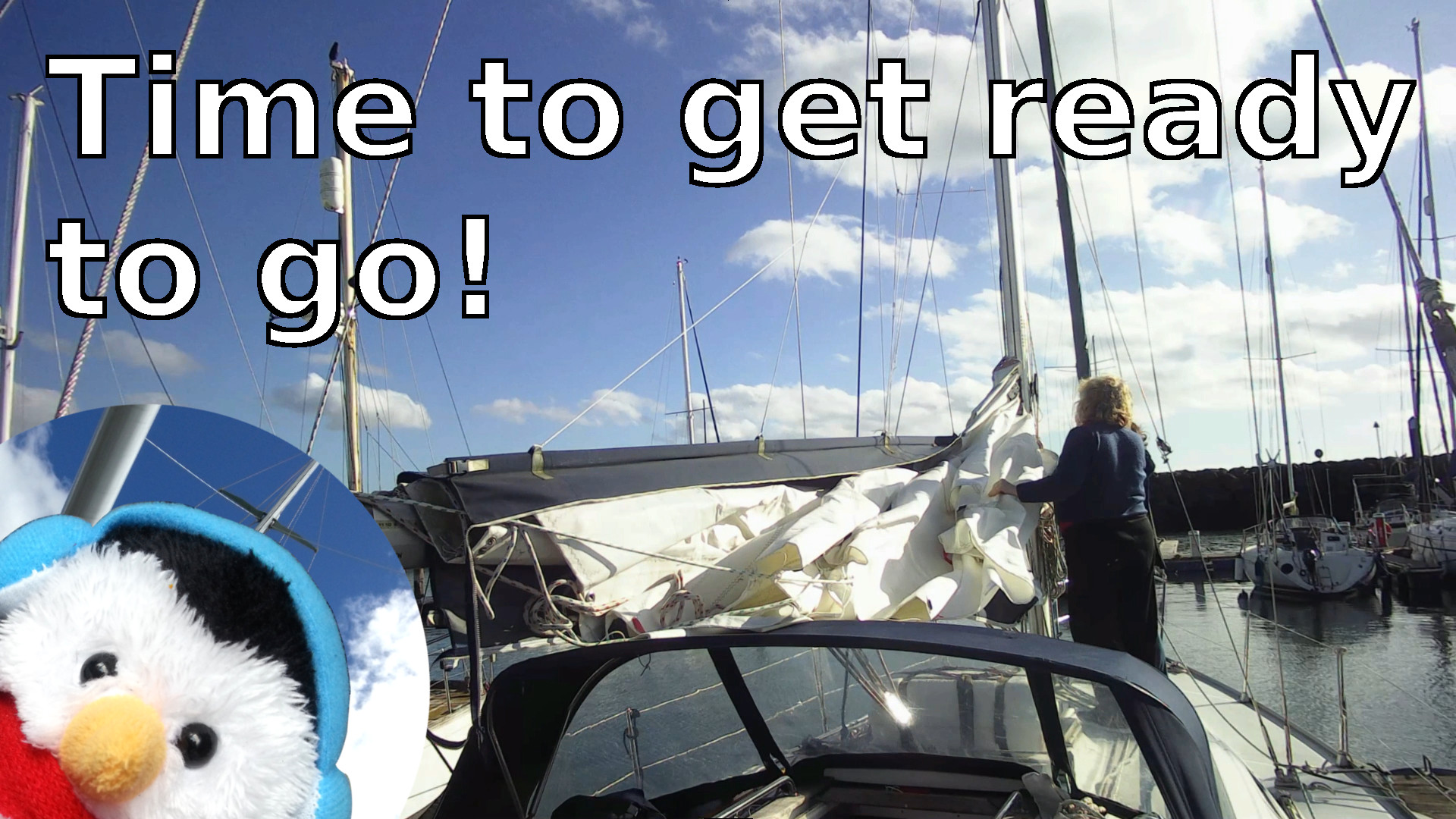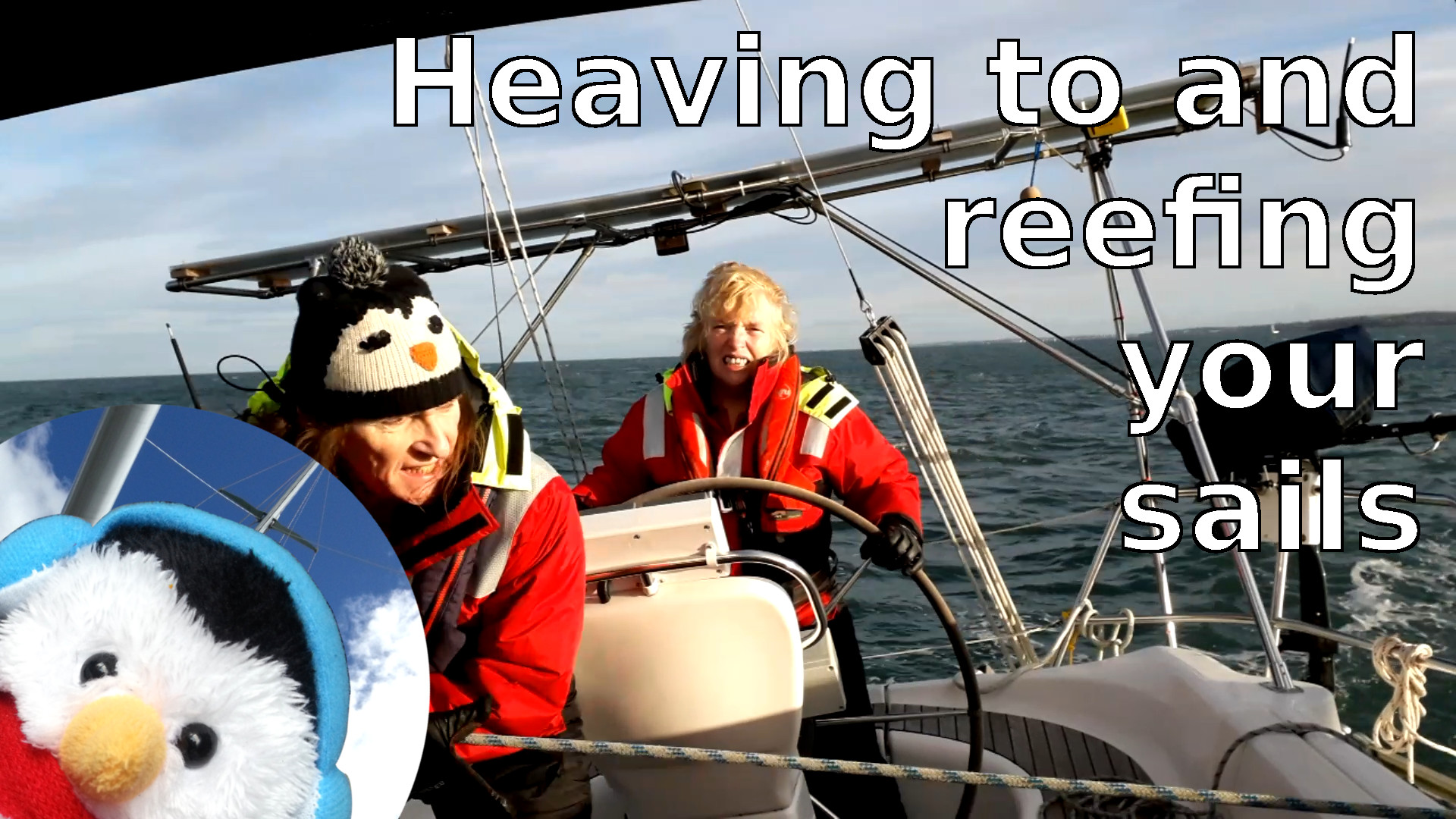I was back on the Lass and there was so much we wanted to do. We wanted to get prepared for leaving, there was passage plans to finalise. We wanted to complete our deviation chart and on top of that some friends from Liverpool came over so we had a drink and a chat.
A different method for creating a deviation chart
One of our followers suggested that taking bearings would be a lot better way of creating a compass deviation chart, so we went out once again into Belfast Lough at slack tide to put the theory to the test. Getting Salty Lass onto a particular bearing was harder to do than expected. The main reason for this was time. When we just used the GPS track and compared that with our compass then we could move from one GPS heading to the next GPS heading very quickly, while the bearing method took longer. This meant that soon the tide came into play and all of a sudden we were having to deal with leeway on top of keeping Salty Lass steady on a particular heading. The hardest bearings to do were the reverse bearings, but as an exercise then I do think it is something you should do, just so that you know that little bit more about your boat. From comments, I've read rather than personal experience some equipment like a diesel generator can have a different affect on your compass between when it is on and when it is off, so knowing these things about your own boat will only make you a better sailor.
Conclusion
There were several reasons why taking bearings, which should be a better method of creating a deviation chart did not work in practice.
- We thought that we could create a bearing using the bouys in Belfast Lough against fixed points on the shore. Bouys move, they move with the tide, they can also be off station i.e not where they are supossed to be, for other reasons as well, so usuing bouus as a fixed point is juat silly
- It does take longer so in an area where the tide soon runs at quite a few knots then one hour is not really enough time to get enough readings while with the comparing with GPS method then you can get all your readings done in an hour. You might even be able to take several readings in the hour.
- Any leeway on your boat can be an issue
- Taking a reverse bearing is just hard to do.
Friends
Just after we got back some friends from Liverpool turned up and gave Beverley and myself loads of wine, this meant that Beverley was pretty drunk, which is always a funny thing to watch. Anyway, being drunk allowed me to wax lyrically about our journey being about people. After all a journey without people is nowhere as interesting as one with people. We always have time for people, helping them, enjoying their company and generally having a good time. If we can meet people then that is just fantastic news. The drink did send Beverley to sleep, so one or two drinks and "the Lassitude is strong with this one"
Variation
The next day, it was back to all sorts of chart work. So Beverley started in on plotting our deviation chart, but because we were using bearings on a chart then we would have to look at the variation that applies in Belfast Lough, so some of the acronyms are things like
- CADET - Compass ADd East True
- Mag to Grid - Get Rid
with all these acronyms it can be very confusing deciding what to do, so if we can Beverley and I prefer to look at the compass rose as this tells you exactly what you have to do. So simply draw a line through the current variation and see where it crosses the compass rose. Not only with this line tell you your variation, it will also tell you if you need to add or subtract the variation, so in Belfast Lough the position of 0° magnetic in 2016 was 3°20'W. Since then the pole has moved 10' E every year making the current variation 2°40'W. By drawing this on the compass rose then you can see that in 2020 the position of 0° magnetic is the same as 357°20', so by looking at the compass rose we can see that
- Deviation West - Magnetic to Grid, we need to get Rid, while if we are going the other way we can use Grid to Mag - Add
- Deviation East - CADET Compass add East True, is a better phrase to use.
Finalising our passage plan
Another task that we had to do was finalise our passage plan. Some time ago we had created an outline plan with all the relative tide times and we added all the places that had tidal gates so that we knew where we had to be relative to one port which in this case was Dover. So now it was a case of getting the weather and the tide time table and seeing if it was a realistic plan. So what we do is one of us looks at the tides and calculates all the tidal gates, then the other person checks it. This means that any errors in the calculations are soon spotted, so in this case Beverley had forgotten that the tide times were all in UTC, so I corrected the times for BST. Having both of do it also means that we both know what we are doing.
Updating paper charts
Another simple task that I like to do is update paper charts so that they are showing the current information. If ever you want to do some chart work then this is a great way of honing your skills, what I do is choose a chart and then use the search tool to find all the corrections that are relevant to that chart. That way I can pick up the chart, do the corrections then move on to the next chart. This method is so much easier than following the corrections in the order given which is is date order.
Once we had got all the preparing that we needed to do it was at last time to go.













